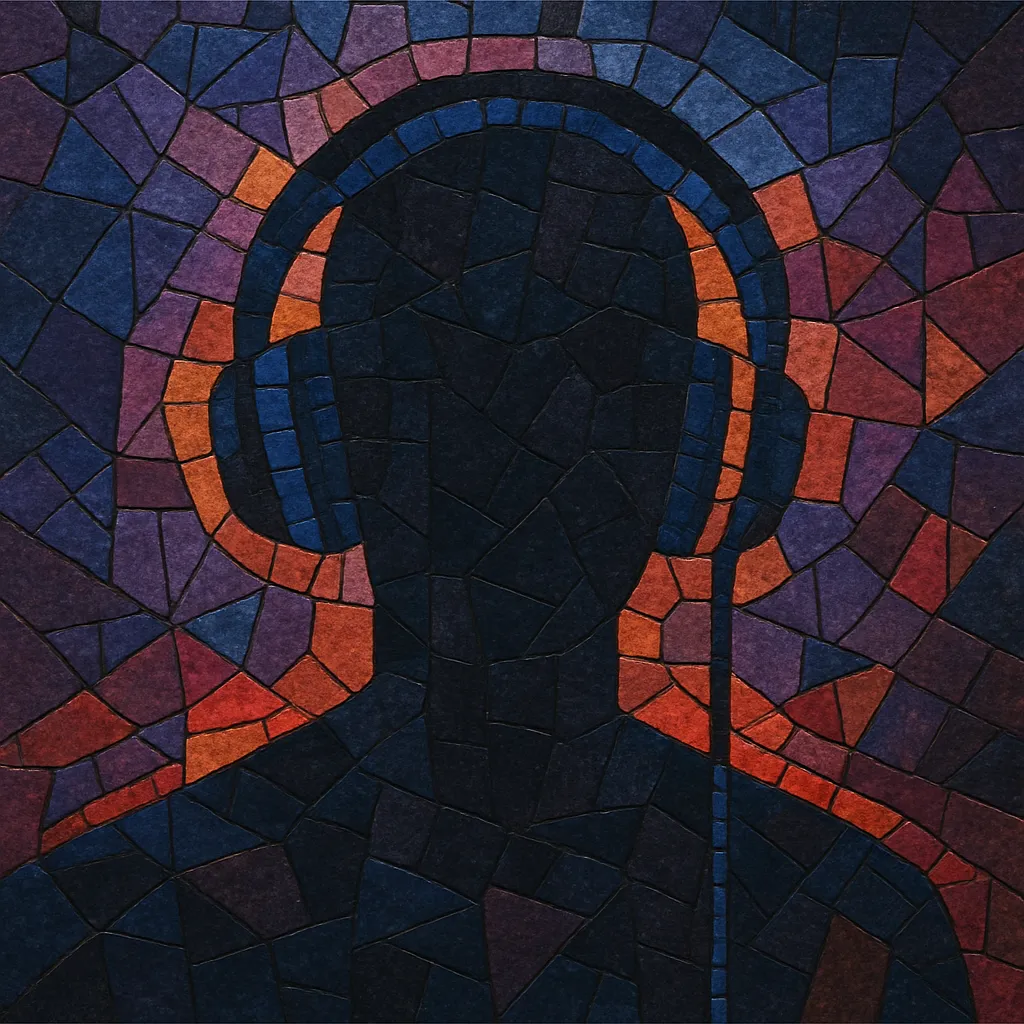Slap house is a pop-leaning strain of deep/house music built around a short, percussive "slap" bass that punches through the mix with aggressive sidechain compression. It typically sits between 118–125 BPM, uses simple minor-key harmony, and places a catchy topline—often a pitched‑down vocal or a cover of a familiar hit—over a sparse, club‑ready groove.
The style borrows the weighty low end and rhythmic bounce of Brazilian bass while streamlining arrangements for streaming and radio. Clean four‑on‑the‑floor kicks, clipped claps on 2 and 4, and a tight, syncopated bass riff define the drop, with subtle pads, plucks, and FX in the breakdowns. Its combination of moody harmony, recognizable hooks, and dancefloor impact helped it dominate charts and TikTok/Spotify playlists in the late 2010s and early 2020s.
Slap house crystallized in the late 2010s as European producers distilled the heavy, plucky low‑end aesthetic of Brazilian bass into a more streamlined, pop‑friendly formula. Early touchpoints included Baltic and German acts who slowed tempos toward the low‑120s, emphasized a percussive, sidechained bass, and paired it with memorable toplines—frequently re-sung or reworked hooks from legacy hits.
Tracks like Dynoro & Gigi D’Agostino’s "In My Mind" (2018) and Gaullin’s "Moonlight" (2018) helped sketch out the sonic template: moody minor keys, clipped bass stabs, and minimalist drums behind an earworm vocal. Around the same time, German producers such as VIZE and Topic pushed the sound toward mainstream radio while keeping a club backbone.
In 2019–2020, the sound exploded globally as TikTok and Spotify playlisting amplified its recognizable hooks. Topic & A7S’s "Breaking Me", Regard’s "Ride It", Imanbek’s remix of SAINt JHN’s "Roses", and HVME’s "Goosebumps" became emblematic crossovers. Labels and DJs embraced the format for remixing classic or viral vocals into sleek, bass-forward drops.
By the early 2020s, slap house became a go-to dance-pop chassis: compact intros, vocal-led breakdowns, and bass‑driven drops suitable for both clubs and radio. Its success influenced the broader pop-house landscape, standardizing the plucky, sidechained bass aesthetic and the trend of cover/remake vocals in dance releases.


